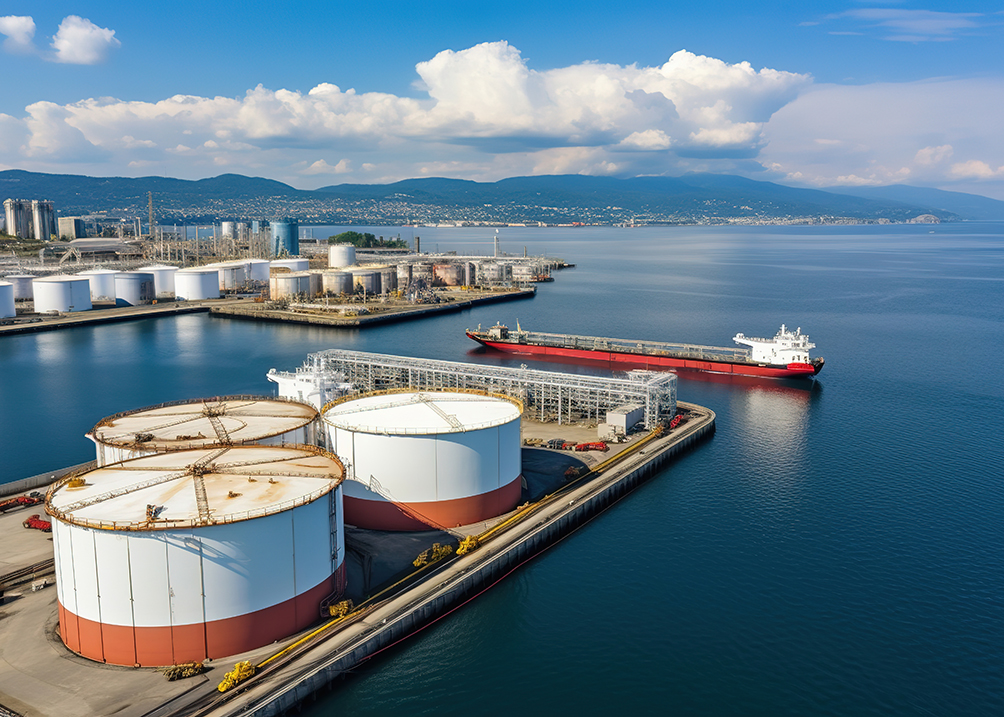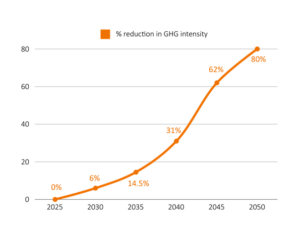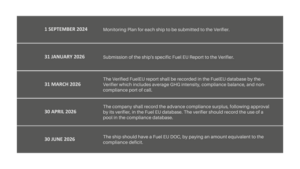How will FuelEU impact my specific operations?
Normec Verifavia can conduct a detailed analysis based on your fleet profile and fuel types. Contact us for a personalized assessment.

FuelEU maritime is a part of the Fit for 55 packages adopted by the European Parliament in 2021. FuelEU and the bundle of packages aim to reduce GHG (Green House Gases) emissions to 55% by 2030 compared to 1990 levels and achieve climate neutrality by 2050. The regulation was adopted at the end of the year 2023. Once implemented from 1 January 2025, it will increase the adoption of renewable and low-carbon fuels in international maritime transport in the European Union (EU).
The primary aim of the FuelEU Maritime regulation is to promote the adoption of renewable and low-carbon fuels through two key measures:
The FuelEU Maritime regulation has set an energy usage limit for ships on board, with a reference value of 91.16 grams of CO2 equivalent per megajoule (MJ). This reference value is set to undergo periodic reductions until the year 2050.

Starting in 2030, container and passenger ships visiting EU ports will be mandated to connect to a shore power supply to fulfil all their electrical power needs.
Applies to vessels exceeding 5,000 GT, regardless of flag, engaged in commercial passenger or cargo transport and calling at EU/EEA ports.

How can Normec Verifavia help?
Normec Verifavia can play a crucial role in assisting shipping companies in achieving compliance with GHG emissions regulations including FuelEU Maritime. Here’s how Normec Verifavia can help,
Normec Verifavia can conduct a detailed analysis based on your fleet profile and fuel types. Contact us for a personalized assessment.
Banking, borrowing, and pooling allow companies to manage compliance across their fleet and over time. Normec Verifavia can explain these options in detail.
Penalties are calculated based on the regulation’s formula and increase for repeated offenses. Severe violations may lead to expulsion orders.
Ships that possess an ice-class notation such as IA, IA Super, IB, IC, or their equivalent could seek an exemption from the additional energy consumption related to navigating in ice conditions.